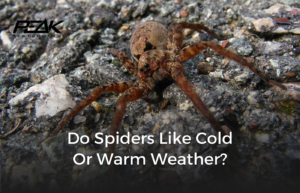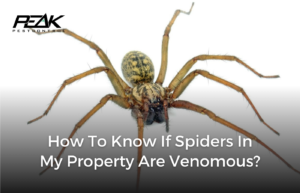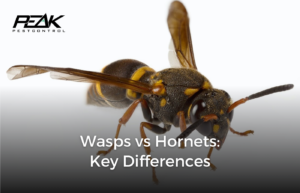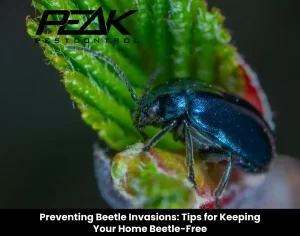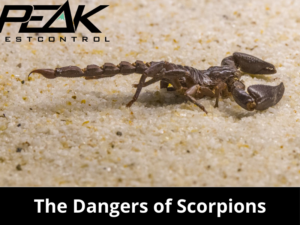Weeds not only make your garden look chaotic and unkempt but they can also consume valuable nutrients, moisture, and, if large enough, sunlight from your blooms and produce. They can be very unhealthy for your lawn, not only because they hinder agricultural productivity but some of them also secrete chemicals in the soil, poisoning your beloved plants.
Below, we identify the top 3 common types and how you can apply weed control for lawn methods that are as easy as they are effective.
Dandelions
Dandelions are one of the most common types of weeds and are widely known around the world. However, because of their bright yellow blooms, they’re not the most hated kind. Many often associate them with warm childhood memories of wishing on dandelion fuzz, while others dread how difficult they are to continually uproot throughout the year.
Due to their deep tap roots that could grow up to 15 feet underground, the only way to eradicate dandelions is by completely digging them out and then laying thick turf. It’s important to note that all parts of the dandelion are edible and full of vitamins – incorporate them into dinner after cleaning your lawn!
Chickweed
Unlike dandelions with their beautiful yellow blooms, chickweeds are low-growing stems that spread and sprawl as far as 18 inches from the plant’s crown. They thrive best in shade with moist soil, but can also easily adapt to dry climates.
To take them out of your lawn, you can simply hand-pull them out. However, if the infestation is large, herbicides may be more efficient. Lastly, to prevent them from coming back anytime soon, mulch your garden regularly.
Plantain
The plantain comes in two kinds – common and narrowleaf. Whichever type you have in your garden, you can expect to deal with a rather stubborn weed that can be very challenging to completely wipe out from your lawn. You can identify the a common plantain weed for their broadleaf characteristic and the narrowleaf plantain for their long and slender stalks. Both of them tend to grow in clumps.
Once you discover plantains in your lawn, carefully dig them out by the root. Be sure not to destroy the weed itself as the seeds can quickly disperse and spread throughout the grass. Lastly, mulch in order to prevent them from coming back.
Conclusion
Weeds can come in all shapes and sizes. Some may be more challenging to eradicate than others but for as long as you tend to your yard regularly, you can naturally apply weed control for lawns. Moreover, a common denominator for keeping weeds at bay is by mulching your yard at least once a year – more if your area is more prone to certain types of weeds. Mulching not only locks in moisture for the soil, but it also blocks sunlight from penetrating weed seeds.
If you want to keep weeds out for good, call in professional weed control at Peak Pest Reno today!



